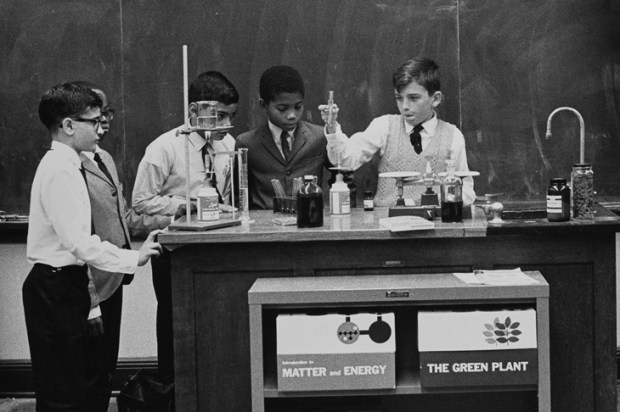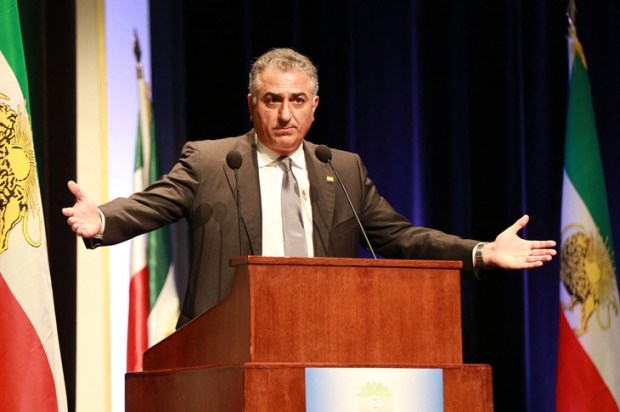Cynical Therapies addresses the attempted takeover of psychotherapy and counselling by Critical Social Justice theorists and activists. The publication of this counter-revolutionary treatise was probably inevitable given the swelling tide of other related and groundbreaking books that have come before it. Its forebears include Douglas Murray’s (2020) defining work, The Madness of Crowds: Gender, Race and Identity; and there is also a direct line of succession to it from Pluckrose and Lindsay’s (2021) Cynical Theories. The descriptors ‘treatise’ and ‘counter revolutionary’ are chosen advisedly because Cynical Therapies, despite being an edited text with 19 contributors, is a carefully structured and systematic exposition that represents a marked reaction to recent trends in psychotherapy theory and practice. Simply put, this book is dedicated to turning around aspects of present day practice and returning things to how they were. Clearly, this is a contentious and emotionally charged thesis, but it is a case that deserves to be heard; and not least because if the argument is correct, activities that are now associated with psychotherapy and allied professions are actually antitherapeutic, and consequentially these professions could be considered to be in crisis.
Cynical Therapies distinguishes between conventional social justice, with which we are all familiar, and which we all probably endorse and espouse, and Critical Social Justice (CSJ) theory and action, which is a mix of Postmodernism and Critical Theory. Postmodernism is considered to have given to CSJ an awareness of the power of language, a strong sense of cultural relativism, and a persistent inclination to favour group identity and collectivism over individualism and the universal. Concurrently, the adoption of Critical Theory made CSJ an intensely strategic movement intent on creating more activists, subverting existing systems to its own purposes, and ultimately establishing itself as the hegemony. The core beliefs here are that all problems are the result of oppression by the dominant cultural group (that is, mostly heterosexual white people, and straight white males particularly) and that the answer to all problems is to challenge and defy the oppressors. This insight is posited as the great ‘awokening’, and it means that clients now know for certain who is to blame for what has happened to them, and they are entitled to their outrage, helplessness, and victimhood.
It is claimed that CSJ utilises an array of rhetorical strategies to infiltrate, and then to disrupt, dismantle, and destroy, venerable institutions like psychotherapy. The weapon of problematics, which arises from its preoccupation with social constructivism, is its principal stratagem; and the practice of rampant problematics induces radical and insatiable doubt. Maybe our social organisations are riddled with racism, and perhaps the patriarchy does rule supreme everywhere? Such extreme questioning and interpretations are assisted by the deployment of a confected vocabulary (e.g., ‘white fragility’, ‘unconscious bias’, ‘microaggressions’), and by constant concept creep (as with discrimination, violence, trauma), and by the insistence that feelings are truths. In this context, logic and rational consistency are simply not important; and the oft-made judgements of marginalisation, oppression, and privilege are without empirical support, and they are also unfalsifiable. The conclusion of the present text is that CSJ has little real interest in validating preferred therapeutic methods because what is intended here is not in fact about healing.
As we know, the subjective feelings that other people can arouse in us can sometimes be instructive as to their disposition and intent. The radical doubt that CSJ engenders is but a short step to personal feelings of guilt and shame; and, consequently, caring and socially responsible people can be led to ‘call out’ impending and implicit racism, sexism, or homophobia. Cynical Therapies details other real-life effects of the orthodoxy, and these include threats, silencing, and cancelling. CSJ threats are portrayed as pervasive and they include depicting conventional (supposedly ‘heteronormative’) therapy as a public health risk, and by posing questions such as, ‘Do you want a live transgender child or a dead cisgender-child?’ The silencing of others is achieved by abuse (e.g.; ‘racist’, ‘transphobe’), or by fear of abuse; and media reports and other sources tell us of community meetings, conferences, and publications being curtailed. The ultimate sanction, however, is the cancelling of wrong thinking people. And it is a moot point, in situations such as these, who is more culpable: Is it the CSJ warriors who diminish (or destroy) another person’s career, or is it those of us who stood by and allow it to happen? Meanwhile, the obverse of all the disapprobation and isolation is, of course, the prospect of joining the ever-expanding, and career-congruent, CSJ community that says that it values diversity and inclusion; and that amply rewards those who make the required performative gestures favouring designated groups who are considered to be discriminated against.
The contributors to this edited book come from the professions of psychotherapy, psychology, counselling, and social work in the US and the UK, and practitioners easily predominate over academics. The assortment of contributors, and their rich experiential base, allows for multiple perspectives on CSJ, and for innovative writing and reporting scenarios. For instance, CSJ is viewed individually from psychotherapeutic, social psychological, and professional psychological perspectives; and in relation to cognitive-behavioural therapy and systemic family therapy. As well, there are complementary professional viewpoints on transitioning transgender children, therapy for men, and the therapeutic relationship. An innovative writing scenario is provided over three chapters which has Critical Race Theory as an anthropomorphised client who encounters first a white clinical psychologist and then a black social psychologist. This creative scenario is rich in insights, as are two other chapters that report on separate participant experiences. A counsellor, who was ‘unlucky enough to have a front-row seat’, tells us what it was like to undertake a year-long CSJ sexuality indoctrination course for therapists at the University of Michigan. And in the second report, The Miseducation of Psychotherapists, a professor writes with anguish about how a traditional university program on which she was teaching was taken over by CSJ.
The professor’s report on experience is deserving of some further explanation because it may contain trends and possibilities associated with CSJ. Significantly, it was primarily through organisational diktats that, ‘Almost overnight, a training that delivered the knowledge, skills, and self-awareness required by a proficient therapist pivoted into a training designed to produce social justice activists.’ The first assault came with university-wide DEI policies (‘diversity, equity, and inclusion’) which had an expectation that students be empowered to challenge the status quo in the cause of social, economic, and environmental justice. The second assault saw the takeover of student selections for the psychotherapy course; with new diversity expectations, and preference being given to those applicants who demonstrated sufficient ‘self-knowledge’ to understood systemic racism and activism. And ultimately, total dominance by CSJ was achieved through a thoroughgoing modification of course content and student assessment ‘with professors scurrying around desperate to change their syllabi and learning materials’. This professor and contributor was eased out of her position by curriculum review and student feedback, but there seemed to her to be nothing of real value left in the training program, and certainly nothing at all that suggested a nuanced understanding of human individuality, complexity, purpose, or caring.
The editor of Cynical Therapies has a strong presence, and in Thomas’s closing chapter and afterword she makes suggestions on how the seemingly unstoppable advance of CSJ in the counselling and allied services can be answered. In a sense, this ideological and authoritarian convulsion itself may contain relevant lessons as to a reply, and most important among these could be that it is called out for what it really is, and asked that it checks its privilege. This will require counselling and psychotherapy to muster ‘a groundswell of an informed public and professional opinion’, and to insist on boundaries and transparency, as CSJ ‘needs to be brought down to size, not acting as an uncontested foundational worldview but just one of the many perspectives on the human condition’. CSJ will fight back ferociously because it is all about power, but something is now known of its rhetorical strategies; and also now available are the learning experiences of the health and education sectors which came under ideological assault ahead of counselling and psychotherapy.
In conclusion, Cynical Therapies provides a detailed appraisal of CSJ in relation to therapy, and this is a significant achievement because the revolutionary forces that it is responding to can be both baffling and bewildering; and they may operate through many small and subtle shifts to repurpose established institutions. Further, it could be tempting to dismiss this book as just another contribution to the culture wars but there are at least three reasons why Cynical Therapies is above this deprecation, and why this text is deserving of our close attention. Firstly, the so-called culture wars are actually about opposing groups (e.g., conservatives versus progressives); but the powerful reminder of the present book is that psychotherapy and counselling are concerned with individuals, and when an individual person is used to advance the ends of a group, it is likely that what is being done is antitherapeutic. Secondly, therapists respond to human complexity and eschew stereotypes pertaining to client characteristics and demographics. As one commentator in Cynical Therapies observes of the ‘anti-oppression’ framework in psychotherapy, it is as if the rich traditions of our professional forebears ‘have been redrawn in crayon’. The final consideration that elevates Cynical Therapies, and conventional therapy, above CSJ is commitment to proof of therapeutic efficacy. By contrast, as a political movement CSJ steps aside from these demands and ethical duties; and this is an answer and judgment in itself.
Dr Peter Stanley, Retired counselling psychologist

























